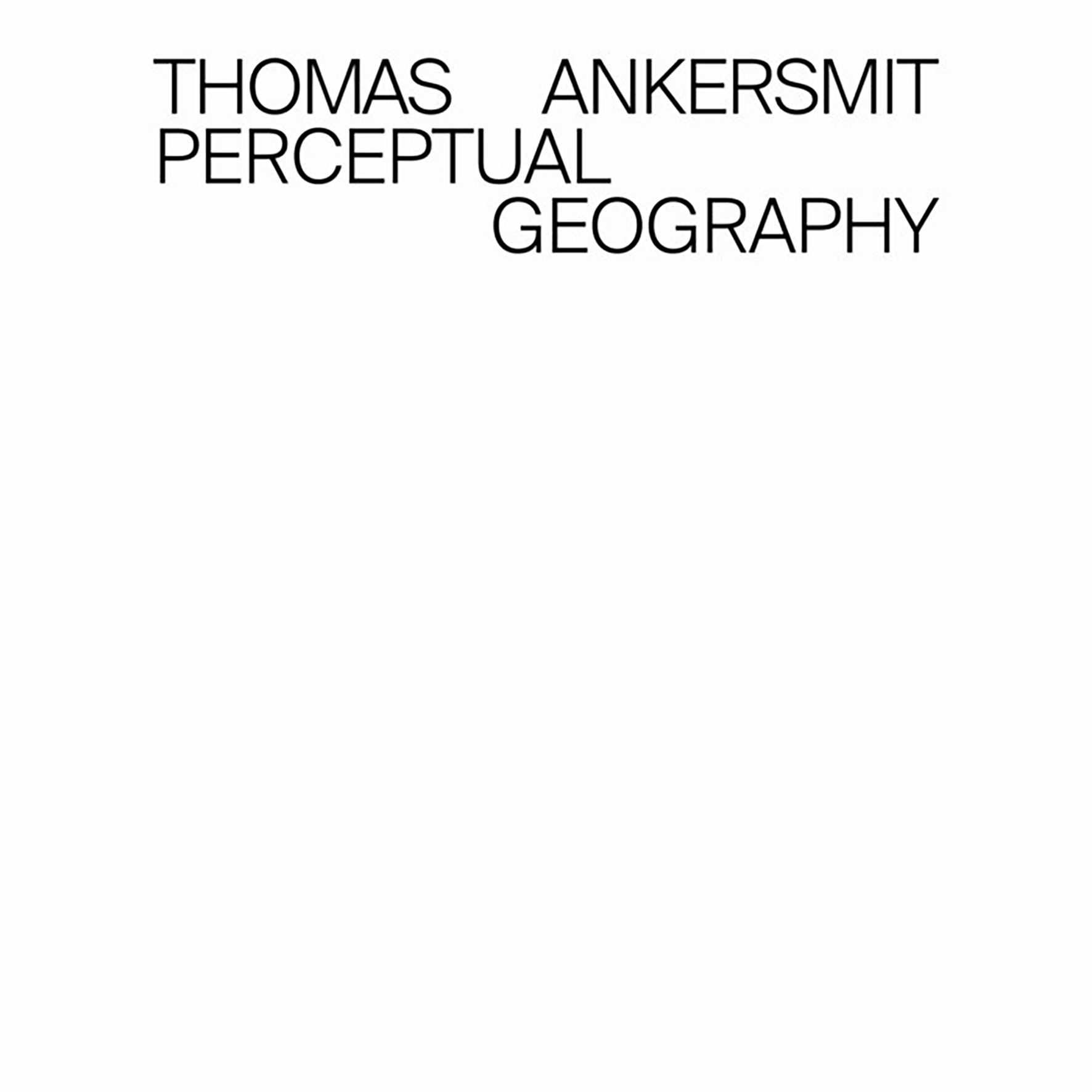Thomas Ankersmit, "Perceptual Geography"
 Three years after the mesmerizing Homage to Dick Raaijmakers, Thomas Ankersmit is back with yet another bombshell inspired by an underappreciated electronic music visionary. In this case, that visionary is Maryanne Amacher, who also happens to be the person who fatefully introduced Ankersmit to his Serge modular synth. Naturally, the Serge retains its central role from the Raaijmakers album and Ankersmit masterfully wields it again to conjure up another hallucinatory swirl of phantom sounds and strange aural phenomena. The conceptual themes are bit different this time around, however, as Ankersmit explores the ideas laid out in Amacher's "Psychoacoustic Phenomena in Musical Composition: Some Features of a Perceptual Geography" essay. Unsurprisingly, Ankersmit does a stellar job psychoacoustically mapping out his own compelling perceptual geography with this release, but his most striking bit of sorcery actually occurs off the album, as the piece was engineered to trigger otoacoustic emissions, which are "sounds emanating from inside the head, generated by the ears themselves."
Three years after the mesmerizing Homage to Dick Raaijmakers, Thomas Ankersmit is back with yet another bombshell inspired by an underappreciated electronic music visionary. In this case, that visionary is Maryanne Amacher, who also happens to be the person who fatefully introduced Ankersmit to his Serge modular synth. Naturally, the Serge retains its central role from the Raaijmakers album and Ankersmit masterfully wields it again to conjure up another hallucinatory swirl of phantom sounds and strange aural phenomena. The conceptual themes are bit different this time around, however, as Ankersmit explores the ideas laid out in Amacher's "Psychoacoustic Phenomena in Musical Composition: Some Features of a Perceptual Geography" essay. Unsurprisingly, Ankersmit does a stellar job psychoacoustically mapping out his own compelling perceptual geography with this release, but his most striking bit of sorcery actually occurs off the album, as the piece was engineered to trigger otoacoustic emissions, which are "sounds emanating from inside the head, generated by the ears themselves."
The album fades into existence with a quietly oscillating electronic hum that gradually becomes increasingly disrupted by squelches, blurts, crackles of static, swells of feedback, and something resembling shortwave radio transmissions. That is admittedly not radical territory for a vintage modular synth album, yet each sound feels like a meaningful building block that incrementally moves the composition closer and closer to one of Ankersmit's beguiling set pieces. The first of those starts taking shape around the 9-minute mark, eventually reaching a crescendo that sounds like asteroids slowly smashing into the hull of my spaceship while I fight off a swarm of psychedelic crickets. Things only get wilder and more intense from there, as the simmering brew of abstract electronic sounds repeatedly blossoms into striking new forms, at times even resembling a killer noise guitar act. The first truly "wow" moment hits around the 16-minute mark, as a haze of beeps, buzzes, and other squiggling and squirming electronic sounds starts to feel like it is actually burrowing into my goddamn mind. That is a hell of a trick, as the piece seems to transform as I turn my head from side to side. I suspect the live experience is even more transcendent, as Ankersmit always "tunes his instrument to the resonant characteristics of the performance space, so that the sounds activate the structure." He clearly takes the physics of sound very seriously and it pays off beautifully. Naturally, there are more dazzling climaxes as the album unfolds, including one that starts forming around the 26-minute mark in which Ankersmit sounds like the best damn noise artist on the planet. I easily could throw around some more colorful terms describing what transpires ("lysergic space aviary" and "gibbering, squelching cacophony" spring to mind), but the only thing that matters is that Perceptual Geography contains some of the most challenging, absorbing, and masterfully executed sound art that I have ever heard.
Samples can be found here.



